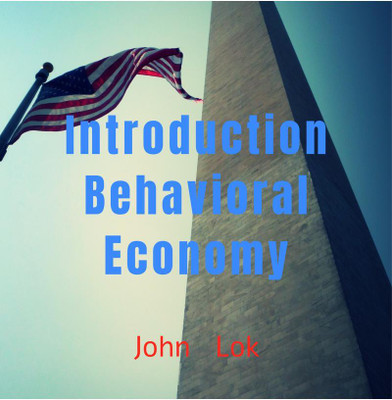Introduction Behavioral Economy(English, Paperback, John Lok)
Quick Overview
Product Price Comparison
This book indicates cases studies to explain what differences are between behavioral economic theory and traditional economic theory to explain social change. Traditional Economic Theory Limitations, particularly classical and neoclassical economics, are based on the assumption of rational agents who make decisions solely based on utility maximization. Rationality Assumption: The assumption that all individuals are perfectly rational is frequently contradicted by real-world behaviors. Static Models: Traditional models tend to be static and do not account for the dynamic nature of human behavior or the influence of changing social contexts. Neglect of Psychological Factors: such as heuristics (mental shortcuts), framing effects (how choices are presented), and loss aversion (the tendency to prefer avoiding losses over acquiring equivalent gains). Behavioral Economics Insight. Cognitive Biases: Behavioral economics recognizes that people often rely on cognitive shortcuts that can lead to systematic errors in judgment and decision-making. For example, confirmation bias may cause individuals to favor information that confirms their pre-existing beliefs while ignoring contradictory evidence. Emotional Factors: Emotions play a critical role in decision-making processes. Behavioral economists explore how feelings like fear or happiness can impact choices, leading to outcomes that deviate from what would be predicted by rational models.


